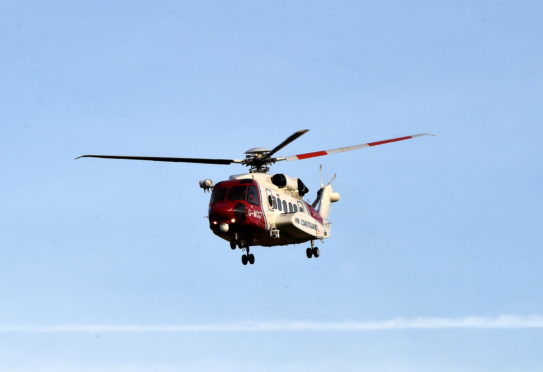Ten people died on Scotland’s hills in the first three months as the mountains experienced some of the best snow cover in years, official figures have recorded.
Scottish Mountain Rescue (SMR) said it was “very saddened” by the recent fatalities of hill-goers and paid tribute to the efforts of rescue teams.
SMR said the vast majority of hill-goers enjoyed Scotland’s hills and mountains in “total safety”.
Mountaineering Scotland said thousands of people had been drawn to the hills dues to extensive snow cover.
The previous winter was considered poor in terms of snow cover and the weather was often mild.
SMR represents almost 30 mountain rescue organisations. Lochaber, Glencoe, Cairngorm and Tayside mountain rescue teams left the body in 2016.
In gathering its statistics, SMR takes winter as being from January 1 to March 31. These statistics show that winter fatalities in the previous five years were eight in 2013, seven in 2014, five in 2015, six in 2016 and just one in 2017. The last two years covered SMR affiliated teams only.
Kevin Mitchell, SMR’s vice chairman, said: “Scottish Mountain Rescue is very saddened by the recent fatalities of hill-goers throughout Scotland over the winter period and our condolences go to their families.
“The historical statistics do not show any significant pattern in the numbers of fatalities possibly due to the variable nature of the conditions over a number of years and how that effects hill activity.
“The vast majority of hill-goers enjoy our fantastic remote places in total safety and incidents are thankfully rare, given the numbers participating in hill activities.”
He added: “We would like to pay tribute to the over one thousand volunteer members of Scottish Mountain Rescue teams who are available 24/7 to assist hill-goers in all parts of Scotland.”
Mr Mitchell said SMR’s advice to hill-goers who found themselves in need of assistance in remote areas was to dial 999 and ask for police then mountain rescue.
He said: “We would encourage hill-goers to be fully aware of weather forecasts, avalanche conditions if applicable and have the skills to navigate and operate in all and any weather conditions.”
Mountaineering Scotland, which represents climbers and hillwalkers, said the recent winter had been “memorable” for its combination of extensive snow cover and low temperatures.
These conditions attracted hillwalkers, climbers and snowsports enthusiasts the Scotland’s hill and mountains in their droves.
Mountaineering Scotland’s mountain safety advisor Heather Morning, who has written an analysis following this year’s 10 fatalities, said:”We know from studying winter accidents in the hills that there are some common causes including navigation errors, over-reliance on modern technology, slips and hypothermia.
“It is rarely a single error that results in a call to the mountain rescue services but rather a combination of factors.
“However experienced we are, or however thorough our preparation and planning is, curve balls will head our way.”
